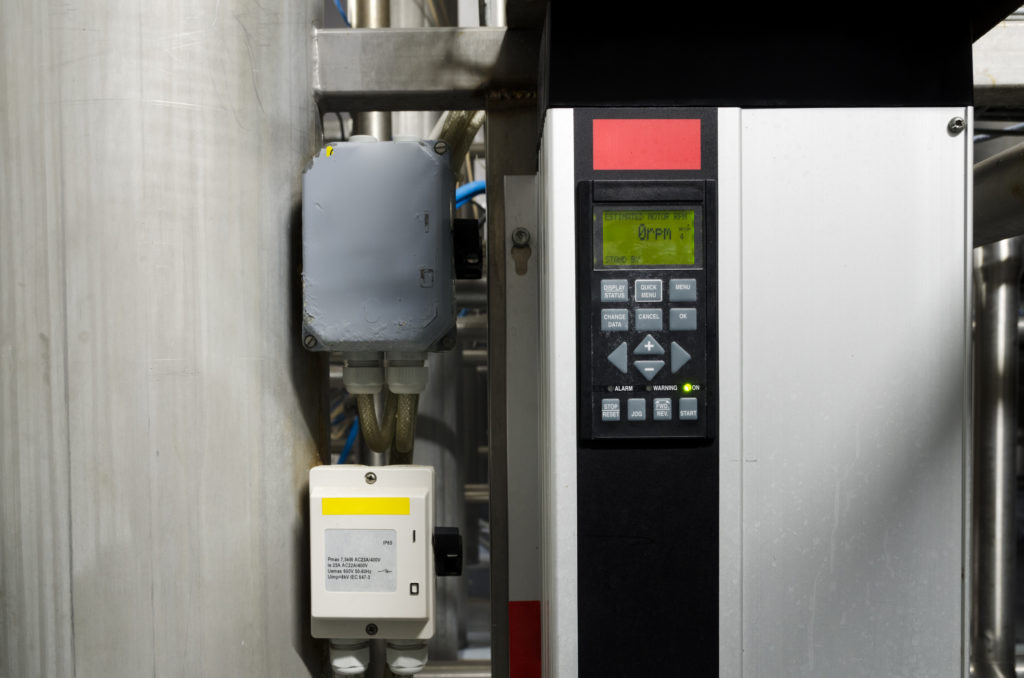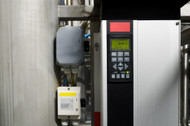Using a VFD to Give you Three-Phase Power - Wistex, LLC

Variable frequency drives, commonly known as VFDs, are highly effective and efficient options for controlling motors that were designed to operate at single speeds. Many people forget that the job of the VFD is not only to provide speed control but to offer better overall motor protection. Protection against Over Current, Over Voltage, Under Voltage, Under Current, Stall protection, Phase reversal, Short to Ground, Phase to Phase short, and more. Systems that use VFD for three-phase power can be significantly more efficient, thus making the use of VFDs a cost-effective solution for a wide range of industries.
Advantages of Using VFDs
VFDs can save a considerable amount of energy depending on their application. Common applications include centrifugal fans and pumps, compressors, and any application using a fixed-speed motor. Using a VFD can also enhance the efficiency of an AC motor. In turn, these benefits also result in a longer operational lifespan and less maintenance. Finally, enhanced speed control means fewer operational errors and less waste.
VFDs by nature provide energy savings, so the cost-benefit for your investment can pay for itself in a few months, to a few years of operation.
Additional Considerations When Installing VFDs
It is not enough to purchase a VFD and connect it to your motor. It is possible you will need to purchase additional components for your system. You may need to install electromagnetic interference filters, radio frequency filters, larger enclosures, new cables, or line/load reactors.
You may also want to further customize your VFD with the addition of pilot lights, a bypass, harmonic mitigation, TVSS, or a dv/dt filter. It is important not to overlook these additions as these elements can make all the difference between a smooth and efficient operation, and a smoking, smoldering motor.
When determining which VFD is right for your three-phase power applications, always consider:
- Full Load Amps which is critical for choosing the correctly sized VFD.
- Voltage. Specifically, whether it's 208 VAC, 230/240 VAC, or 460/480 VAC.
- Voltage/frequency variation
- Drive belts
- RPM's
- Load type
- Speed range
- Required torque
- Overload current capacity
- Control method
- Inverter rating
VFD Drive Operations
The electronics within the VFD are designed to step up and convert the single-phase current. It does this by converting the DC current through the use of diodes, followed by the use of capacitors to generate the desired output. This process creates a pulsed power that mimics AC current.
There are four drive applications based on four basic operations. This includes forward driving or motoring with positive speed and positive torque, reverse driving or motoring with negative speed and negative torque, forward generating or braking with positive speed and negative torque, and reverse generating or braking with negative speed and positive torque.
Auto Start & Stop
The majority of VFDs are designed to enable auto-starting. Most start with low-frequency and voltage which prevents the inrush and mechanical issues that are most often associated with direct-on-line starting. The wiring setup is similar to that within a single-phase unit. However, the leads are inverted. The most common method of doing this is to position the L1, L2, and L3 into a contractor. When the contactor receives power, this will initiate the drive and convert the output to the desired speed. This arrangement makes it possible for the motor to generate a considerable amount of torque.
When stopping the motor, the process reverses itself as the frequency and voltage are gradually decreased until it approaches zero at which point the motor is shut off.
Contact Wistex at 1-800-726-7307 for more information about the VFD solutions we offer. It is our pleasure to answer your questions and help you choose the most efficient and effective solution for your operational requirements.
